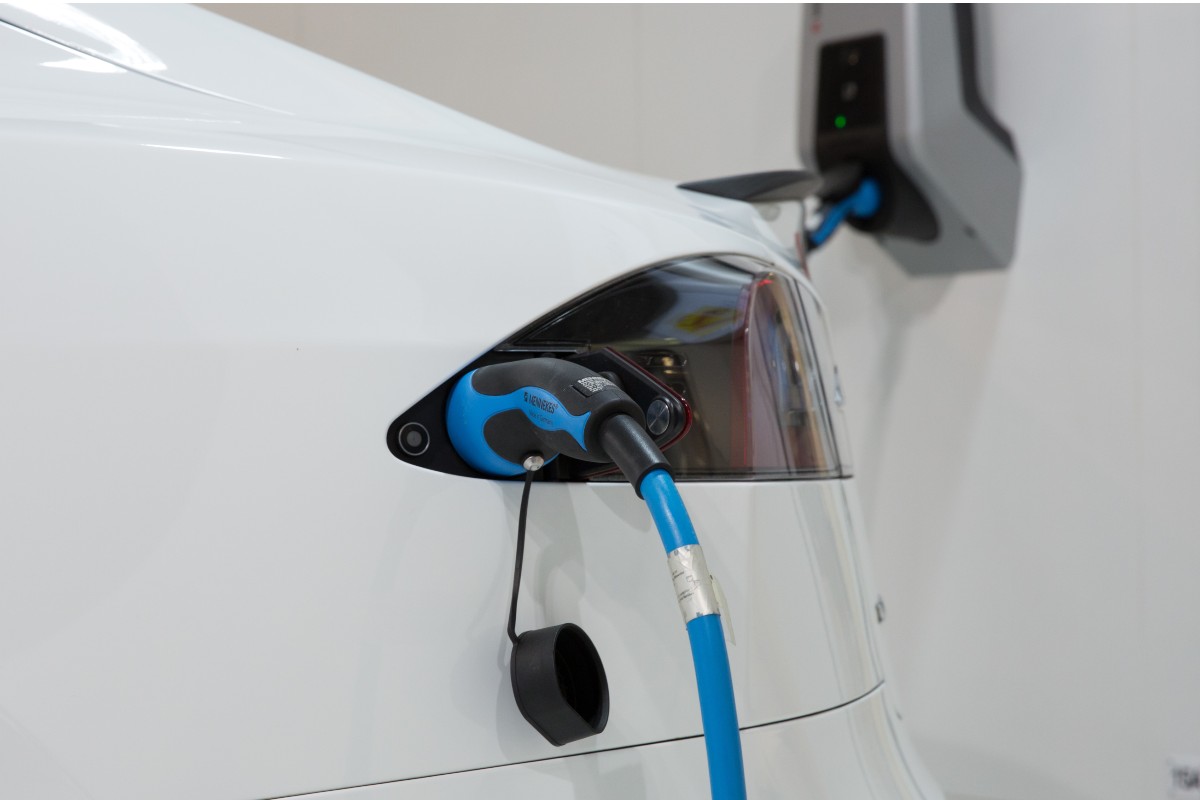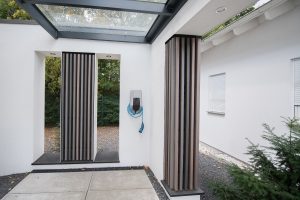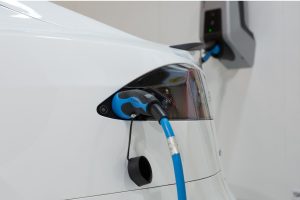Electric cars are selling fast and for most people charging the vehicle at home using a wallbox is the cheapest and most convenient option. This brief guide will help you choose the best unit.
Pure electric cars allow emission-free driving and get their power from a mains electricity plug.
Charging at home can take a long time however and most owners will want to speed things up by investing in a charging wallbox. Here are some answers you’ll likely need when looking for the right wallbox for your needs.

1. Who actually needs a wallbox?
A wallbox is a fine idea if you have somewhere off-street and private to park a pure electric or hybrid electric car. A lock-up garage or parking space with access to electricity is naturally essential.
“Using a wallbox makes owning an electric car much more pleasant” says expert Christian Foerster, a mobility expert at the TueV Nord testing agency. “It means that you set off in the morning with a fully-charged car.”
2. What are the advantages?
A wallbox will replenish electric car batteries much more quickly than just plugging into the mains. For example using regular mains current regulated to 10 amperes, a 30kWh battery takes more than 10 hours to achieve a full charge. Modern wallboxes are much more powerful and sip electrons overnight when electricity is cheaper. They can also cope with more current than a standard mains plug and are safer to use.
3. Is it hazardous to recharge using a domestic plug?
The high amperage does put a strain on the domestic electricity infrastructure and it can damage the socket. “Over a long period of time power flows through electrical equipment which has not been designed for the task,” said Oliver Fuchs, who owns an e-mobility installation company near Bonn. This can lead to a short-circuit or even cause a cable to overheat and catch fire.
4. How much power does awallboxneed?
Experts recommend investing in a unit which charges using alternating current (AC) at a maximum 11 kW. “This is enough to replenish most batteries overnight,” said Fuchs. Beefier boxes will charge using 22 kW but the extra power tends to shorten battery life.
5. Do all cars need the same type of wallbox?
Basically yes. Some on-board chargers fitted to electric cars make use of single-phase charge and this slows things down. More modern electric cars often have a unit using two or three phases. Plug standardisation means most cars use the Type 2 plug equipped with a seven-pin connector also known as the Mennekes plug.
6. What does awallboxcost to buy?
A standard wallbox will cost around 400 euros although high-end units sell for as much as 2,500 euros. This does not include the cost of installation which varies, depending on whether new cables are needed to hook up the box. In some countries owners will be entitled to a government subsidy if they install a wallbox.
7. What should you watch our for when buying awallbox?
The main criteria is how much power you need. This will depend on where the box is to be placed and what your home grid can cope with. Many wallboxes can be programmed and operated via a smartphone app. In some countries regulations will limit whether the permitted wallbox needs to be officially registered and approved.
8. What is the best location for a wallbox?
A garage or car port is the ideal place to install a wallbox. The unit should be protected from the elements and away from direct sunlight. “The warmth from the sun can sometimes have a detrimental effect on the charging capacity,” says car technician Matthias Vogt. Naturally the cable from the box must be long enough to reach the parked car and installation is best planned several months in advance.
9. Do you need permission for awallbox?
In most countries there are no general restrictions on wallbox installation and any private person or company may fit one. In the case of shared underground or multi-storey garages you may need the permission of other owners.








